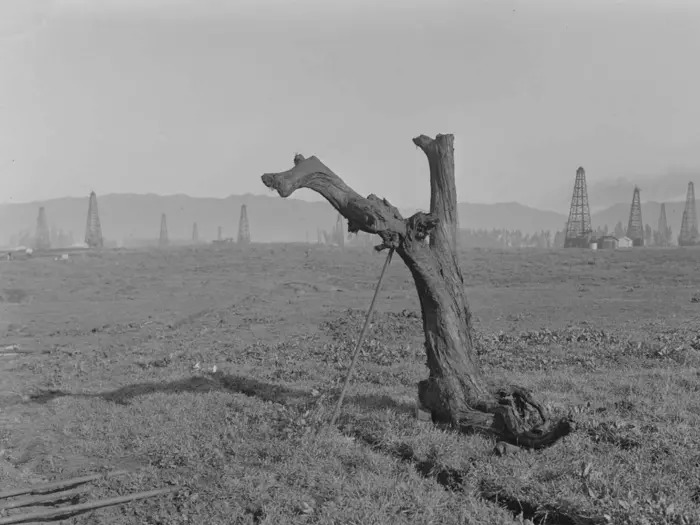US Researchers from University of Illinois Develop ‘Shape-Memory’ Rail Ties to Prevent Track Damage
- MM24 News Desk
- 7 days ago
- 3 min read

The University of Illinois Grainger College of Engineering has developed concrete rail ties reinforced with shape memory alloys (SMAs) that can “remember” their original form, potentially preventing warping and cracking under heavy rail traffic. Led by Professor Bassem Andrawes, the technology allows damaged ties to restore themselves when heated, surpassing traditional maintenance methods.
Rail ties are critical components of railroad tracks, keeping rails properly spaced and stable under heavy loads. Over time, conventional concrete ties can warp, crack, or settle unevenly, creating safety hazards that range from slowdowns to derailments. Maintaining them is costly and labor-intensive, often requiring frequent inspections and repairs.
Research from The Grainger College of Engineering at the University of Illinois Urbana-Champaign demonstrates that incorporating shape memory alloys (SMAs) into rail ties can dramatically mitigate this problem. SMAs are metals with the unique ability to return to a pre-determined shape after deformation.
In the study led by civil and environmental engineering professor Bassem Andrawes, concrete ties subjected to simulated rail traffic returned to their original dimensions when SMAs embedded within them were activated via induction heating. The findings were published in the Journal of Transportation Engineering, Part A: Systems.
“We’re doing something that I think is unprecedented in rail transportation engineering,” Andrawes stated. “We’re working with a commercial supplier of concrete rail ties to implement and test our designs. For our publication, we went beyond laboratory experiments and demonstrated compliance with rail industry standards. We’re very excited to continue our industrial partnership and develop a practical, working design.”
Traditionally, concrete tie degradation is controlled through prestressing, where steel rods are pre-tensioned to counteract heavy loads. However, stress is not uniform across the tie, and settling of the ballast—the gravel bed beneath the tracks—can shift stresses further, causing cracks over time.
SMAs offer a smarter approach. Unlike passive steel reinforcements, these alloys can be independently controlled via localized heat, allowing each section of the tie to respond to its specific stress conditions. “SMAs are examples of what we call ‘smart materials,’” Andrawes explained. “You can deform them, twist them into wild new shapes, but they retain memory of their original state in the molecular structure. When you apply heat, they know to return to that state. So, if you just have a heat source, the SMA can guide a concrete structure back to the desired shape stored in the alloy’s memory.”
Graduate student Ernesto Pérez-Claros assisted in implementing induction heating, a method in which a time-varying electromagnetic field generates heat in the SMA, eliminating the need for electrical hardware inside the concrete tie. The research progressed in three phases: collaboration with Rocla Concrete Tie, Inc. to produce the design in commercial ties, laboratory experiments measuring SMA effectiveness at different lengths, and stress testing under simulated rail traffic conditions. The prototypes exceeded the American Railway Engineering and Maintenance-of-Way Association (AREMA) standards.
“It was important to us that we actually make something that goes out of the lab and into practice,” Andrawes said. “Showing that our design meets and even exceeds AREMA specifications means that it’s not just academic research. This is something that railroads can use, and we intend to guide it to the point where it can be adopted.”
The team plans to continue its partnership with Rocla to commercialize the technology and submit prototypes for full-scale testing with live rail traffic at the Federal Railroad Administration Transportation Technology Center in Pueblo, Colorado, moving closer to a future where rail maintenance is smarter, faster, and more cost-effective.



Comments